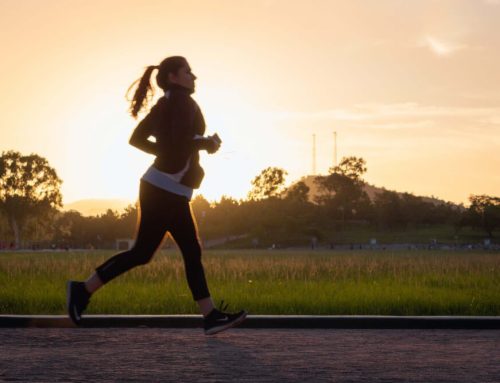Running cadence. This is the steps you run per minute. Why should you care about cadence? It has a complicated relationship with training, performance and your body style. Cadence is not a one size fits all answer.
So which is it? This post outlines how running cadence and performance are connected. So you can ask if you should adjust your own step rate.
The Best Running Cadence Number
The theory is, the more times your feet hit the ground, the faster you will run. Research has shown that 180 steps per minute was optimal for olympic runners. This doesn’t mean you’ll break all your personal bests by hitting 180 steps per minute.🙂
Factors Affecting Running Cadence
Cadence is determined by a number of factors including height and leg length. For context, taller runners have longer strides and therefore lower cadences. Training history and fatigue have also been suggested as factors affecting running cadence.
The most obvious factor is running pace, that is key determinant of running cadence.
A recent study measured cadence for 25 elite runners during a 100 km race. This showed runners clustered around an average 182 steps per minute, supporting the notion that 180 is the holy grail of cadence.
This study also demonstrated a wide variation of step rates, from 155 to 203! Furthermore, cadence was not related to fatigue, weight, sex, age or training history of the athletes. Besides height, which we have no control over. The only factor related to cadence was running speed. As runners sped up, cadence increased. As they slowed, cadence decreased.
You can’t set out to run at 180 steps per minute and blindly run at it. Your cadence is specific to your anatomy and pace. If you’ve ever tried running at a fast pace, you’ll be more likely hitting 180 steps per minute, so pace dictates cadence, not the other way round.
4 tips to increase your Running Cadence
Forcing a high cadence is not the best approach for improving performance. Cadence is largely determined by how fast we run. Here are our tips for increasing cadence safely and effectively:
1. Know your running cadence
Log your cadence for each pace you run at. Remember that when racing, you are likely to run faster than usual with a higher step rate. Over time you will learn how your cadence is connected to how fast you run. There is some great technology which can help with this, such as the Garmin HR Pro.
2. Focus on fitness
Cadence is determined by speed. As your fitness improves you will be able to maintain a faster pace with a higher cadence.
3. Make small changes
Gradual adjustments of approximately 5 steps per minute will give your body time to adapt without causing injury or impacting performance. Imagine training yourself to throw with your off hand. The aim is to raise your cadence for a given pace, not hit 180 on every run.
4. Monitor your heart rate
You can use your heart rate to identify optimum cadence. Record your heart rate at a comfortable pace at various step rates between 150 and 200. Whichever step rate yields the lowest HR is the most efficient!
Running cadence Summary
So, cadence isn’t something you can change for instant results. As your fitness improves and your pace quickens, you should see a natural increase in step rate.
Over time, you will find the optimum cadence for running and enjoy the rewards of improved running economy and lower impact force.






